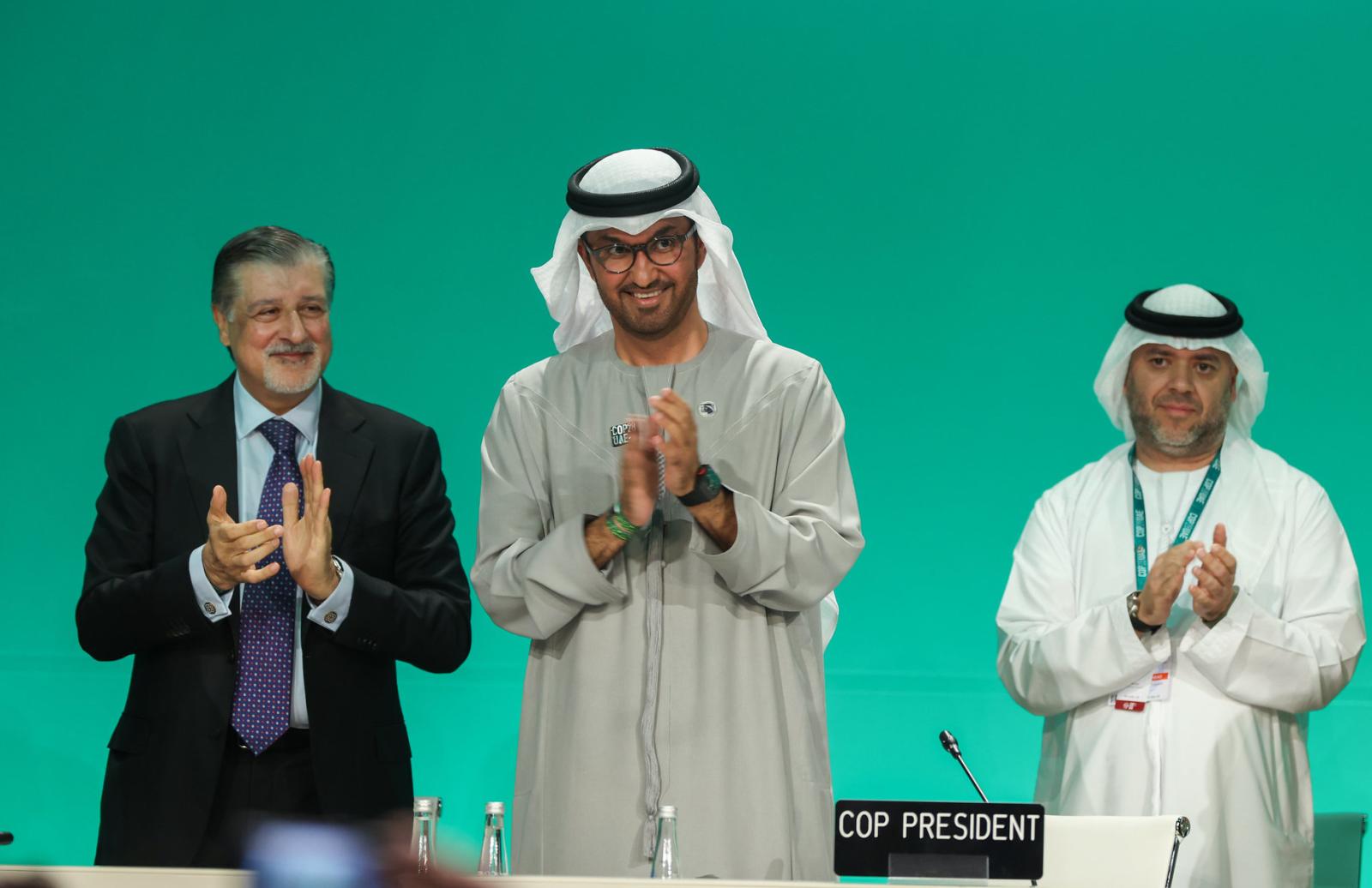Prima è diventato ufficiale l’addio di Francesco Colotta, direttore ricerca e sviluppo del Nerviano Medical Sciences, che si vociferava da tempo e da luglio lascerà il Centro; poi si è concluso e firmato a Washington l’accordo che libera il centro di ricerca oncologica dell’hinterland milanese dalla morsa di Pfizer. Sebbene infatti il distacco dal colosso farmaceutico statunitense risalga al 2004, l’azienda deteneva di fatto un diritto di prelazione nei confronti dei risultati ottenuti a Nerviano (quello che in gergo si chiama right of first refusal). Una clausola che scoraggiava gli investimenti da parte di altri soggetti potenzialmente interessati, istituzionali o industriali che fossero. E’ a questi possibili partner che ora guardano i 530 tecnici e 170 ricercatori che lavorano nel centro, nella speranza di poter uscire finalmente dall’emergenza finanziaria che, indipendentemente dai promettenti risultati scientifici, continua a mantenere i lavoratori col fiato sospeso.
Nerviano: è l'ora dei divorzi
Autori:
Sezioni:
Ricerca
prossimo articolo
COP28: It's Up to the Oil Tycoon to Say Goodbye to Fossils
di Luca Carra
It had to be an oil tycoon to say goodbye to fossils, like the smoker extinguishing his last cigarette and the alcoholic giving up the Negroni. And so it was: for the first time at a United Nations climate change Conference of the Parties, we declare in black and white our desire to abandon coal, gas, and oil. COP28 was held in Dubai, one of the countries most dependent on fossil fuels, and was coordinated by the extremely capable Sultan al-Jaber, president of the largest oil company, ADNOC.


